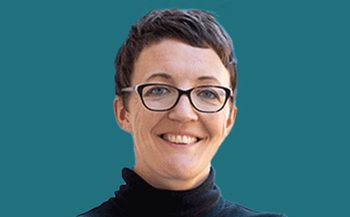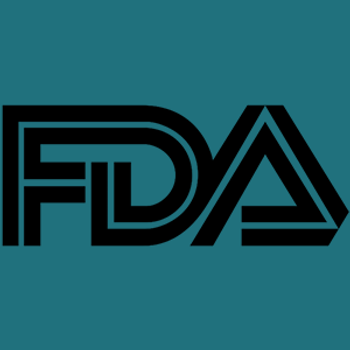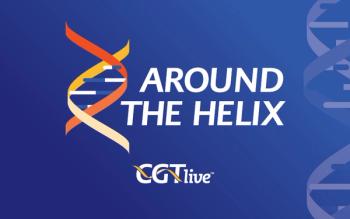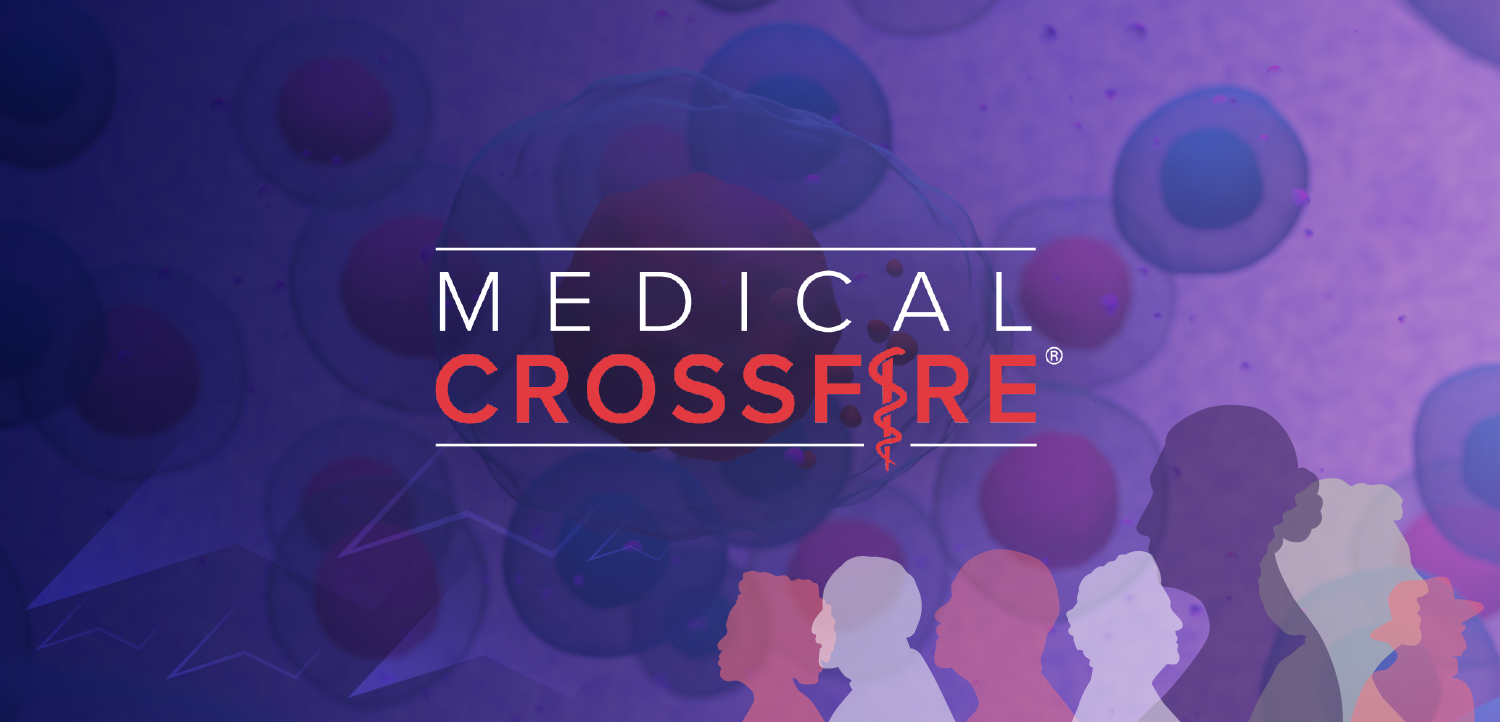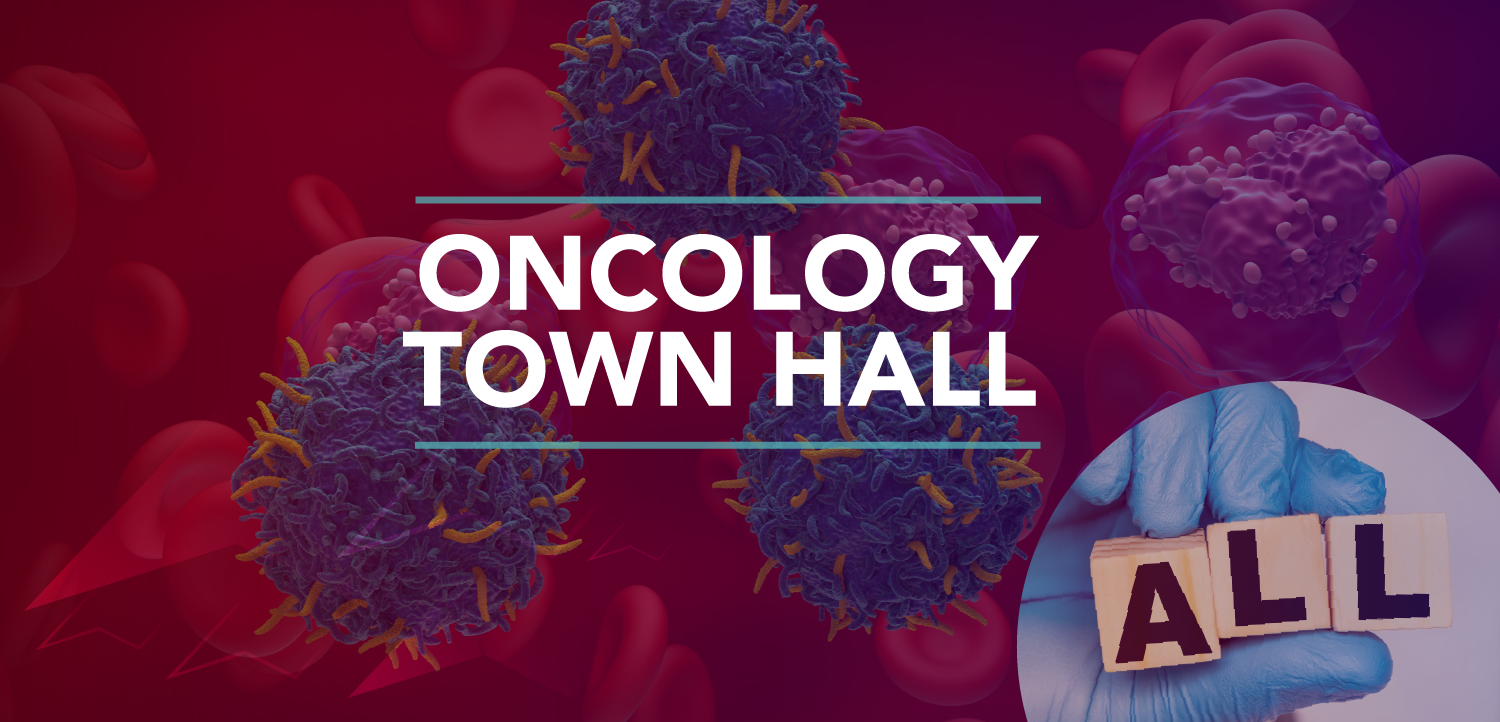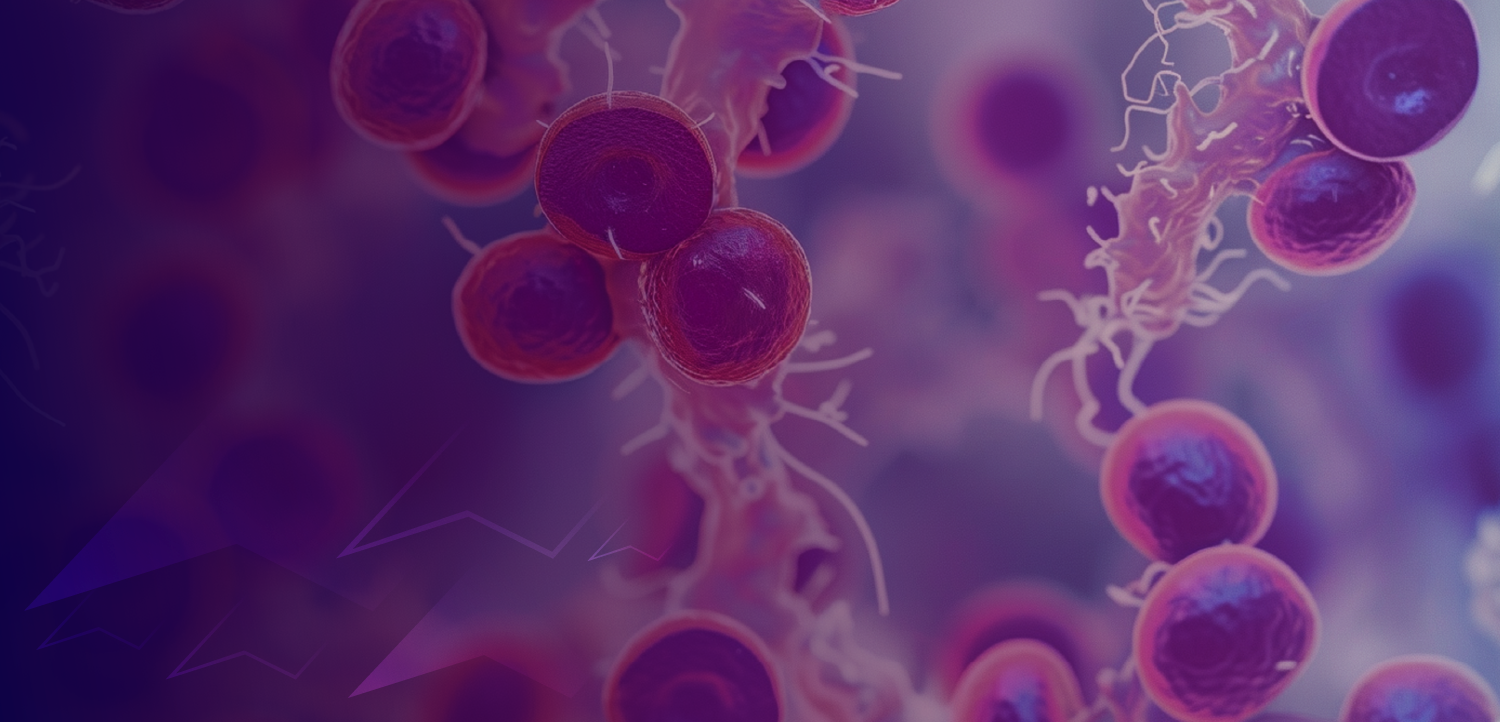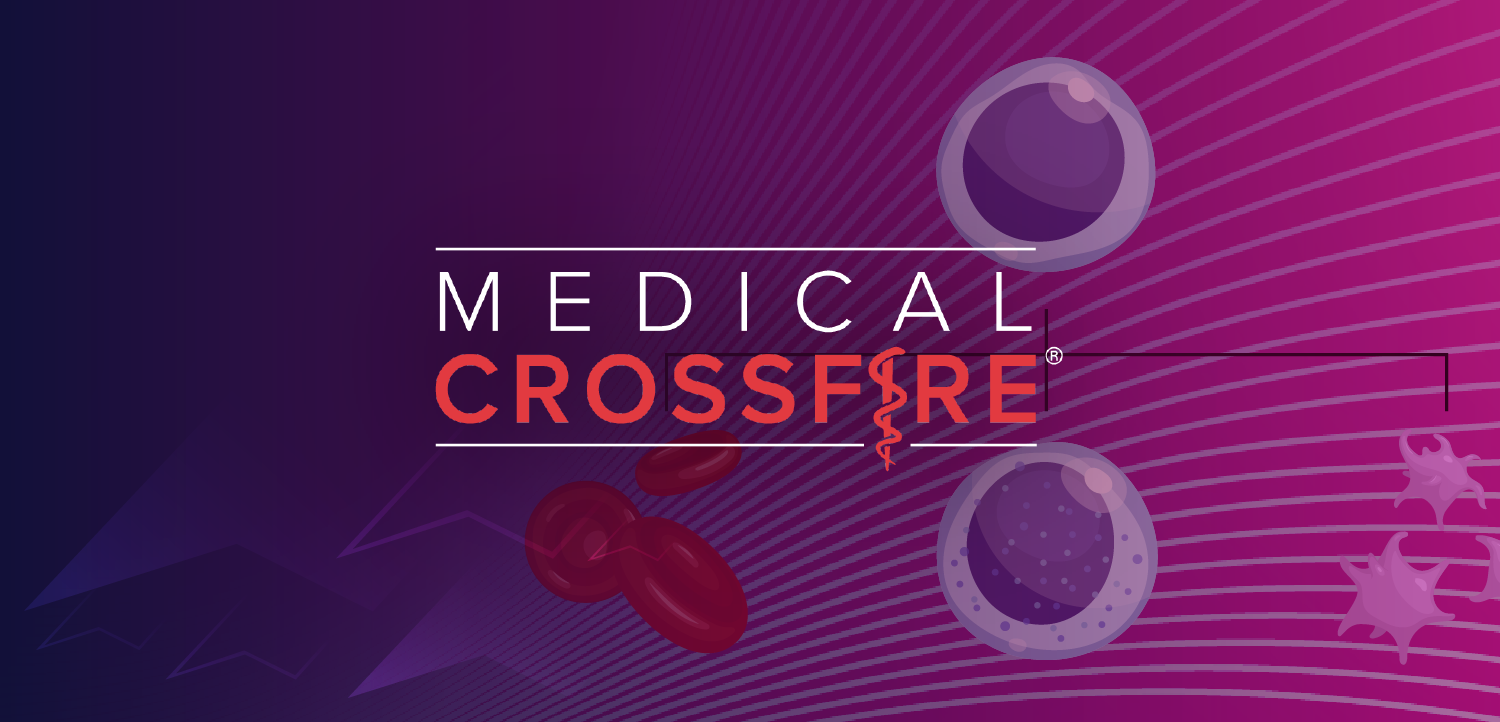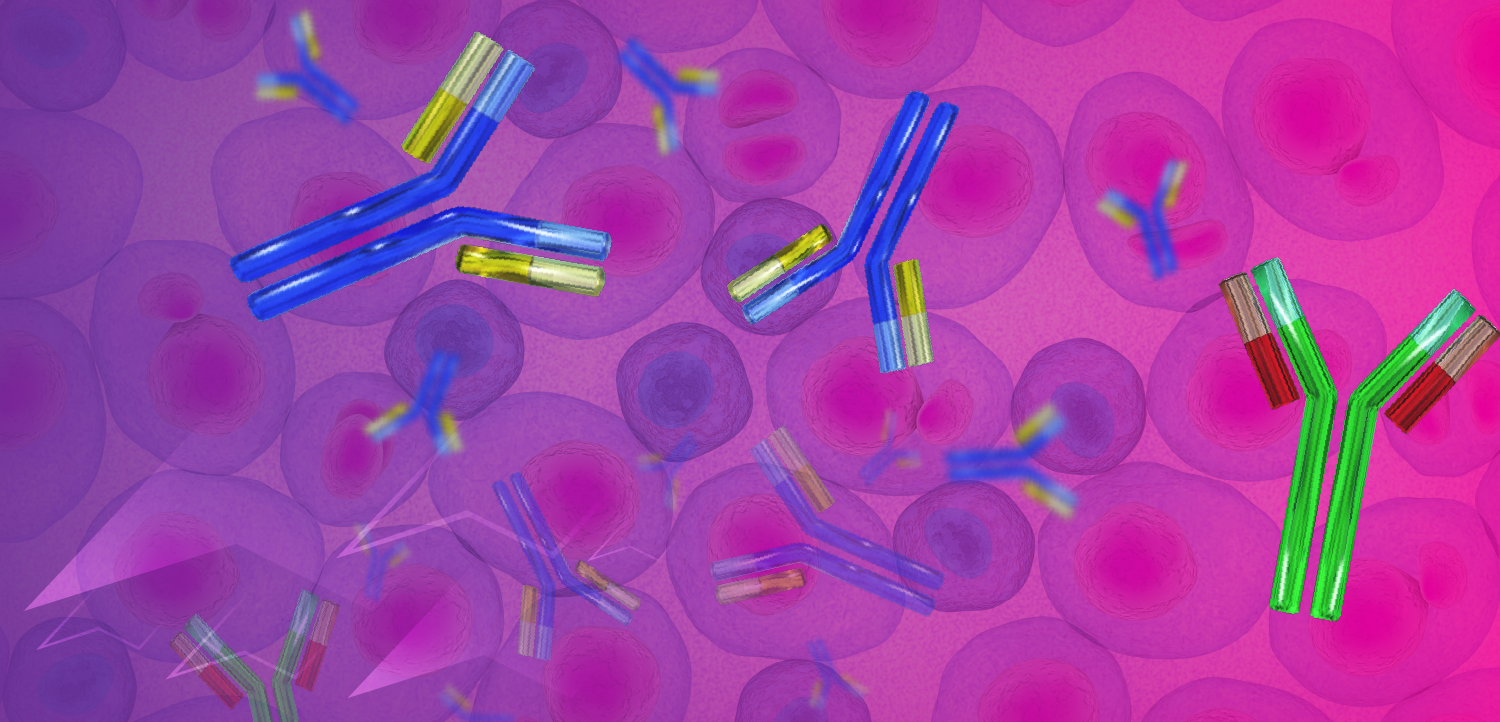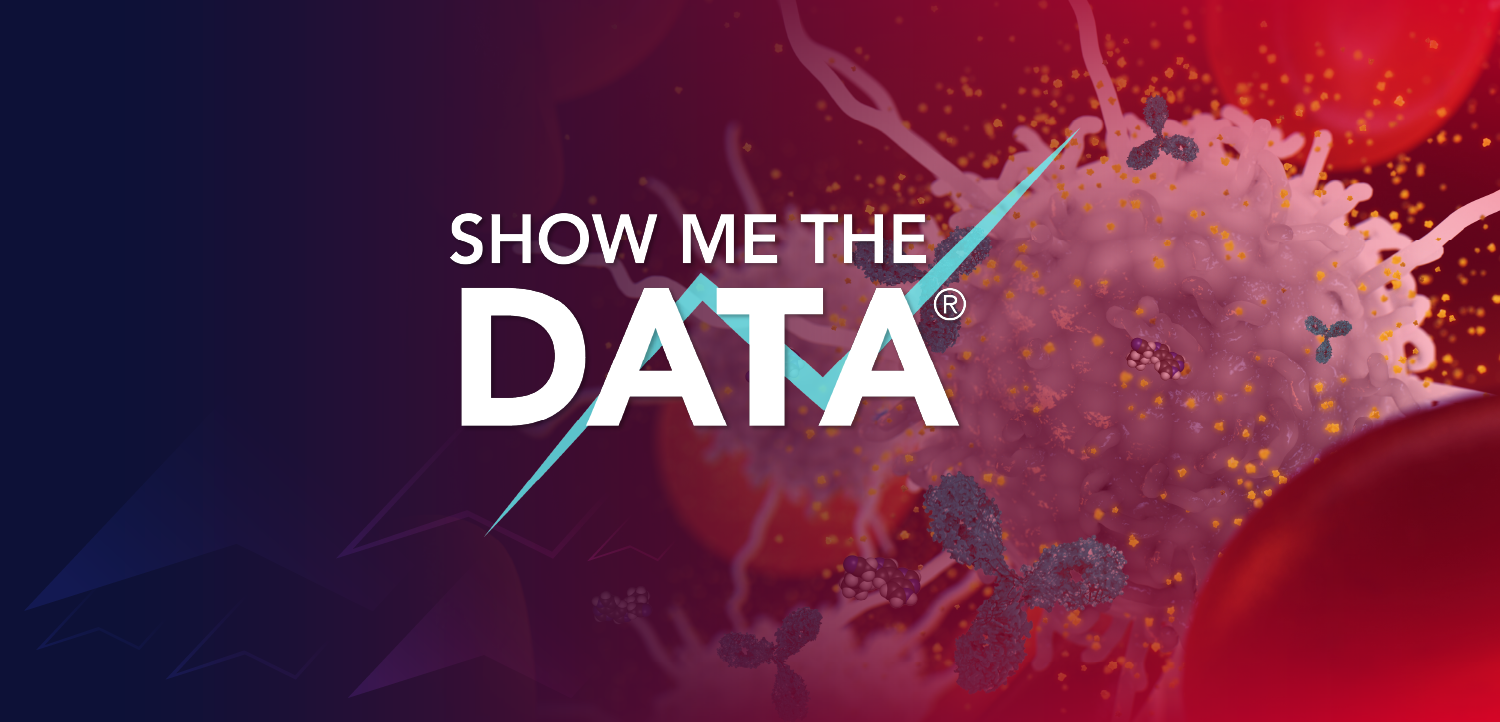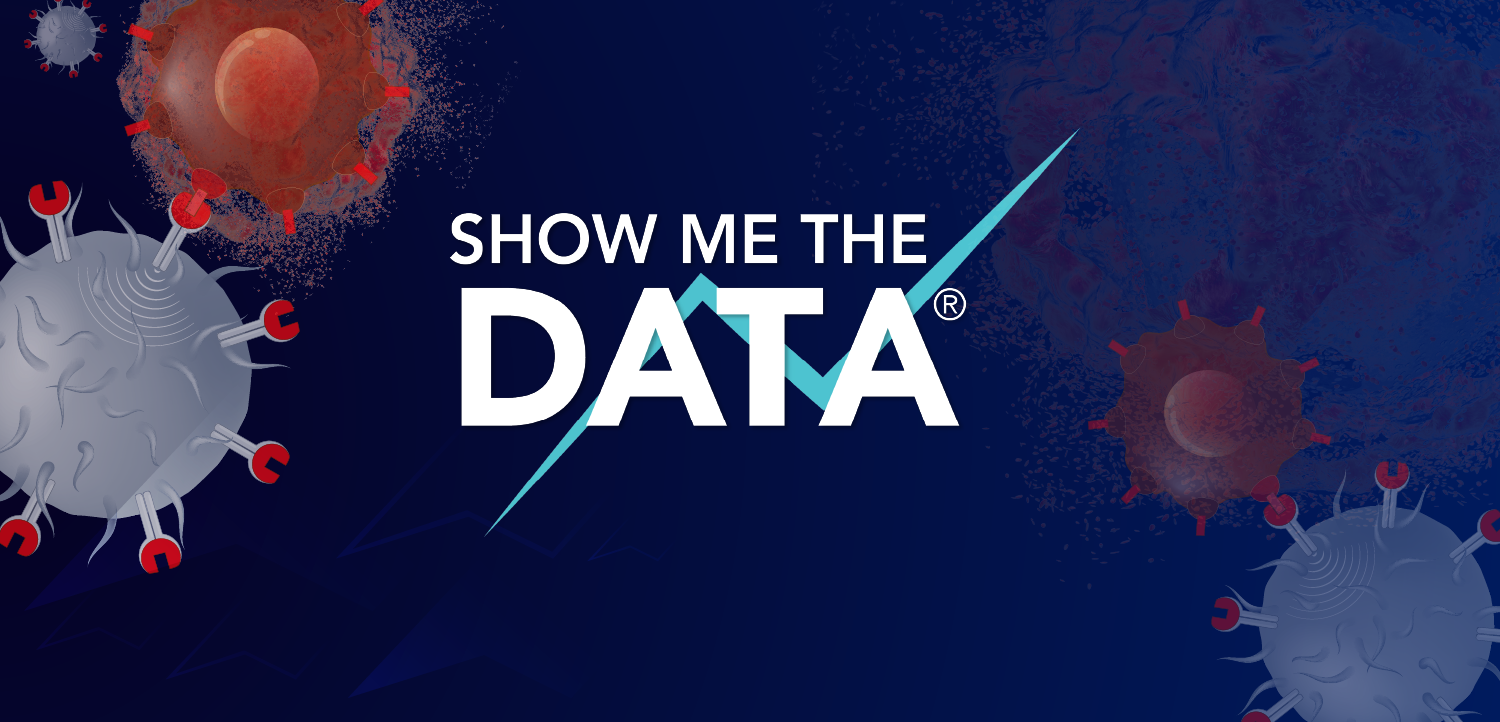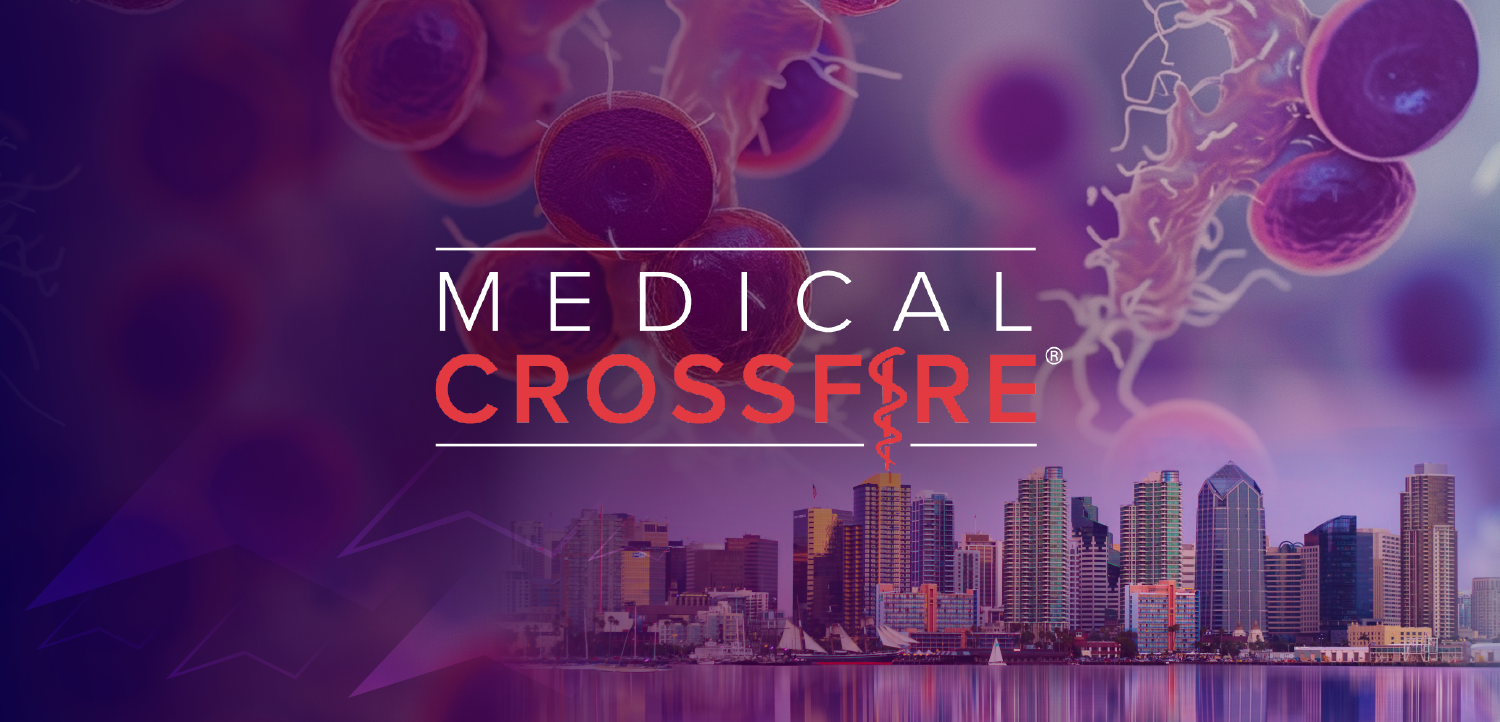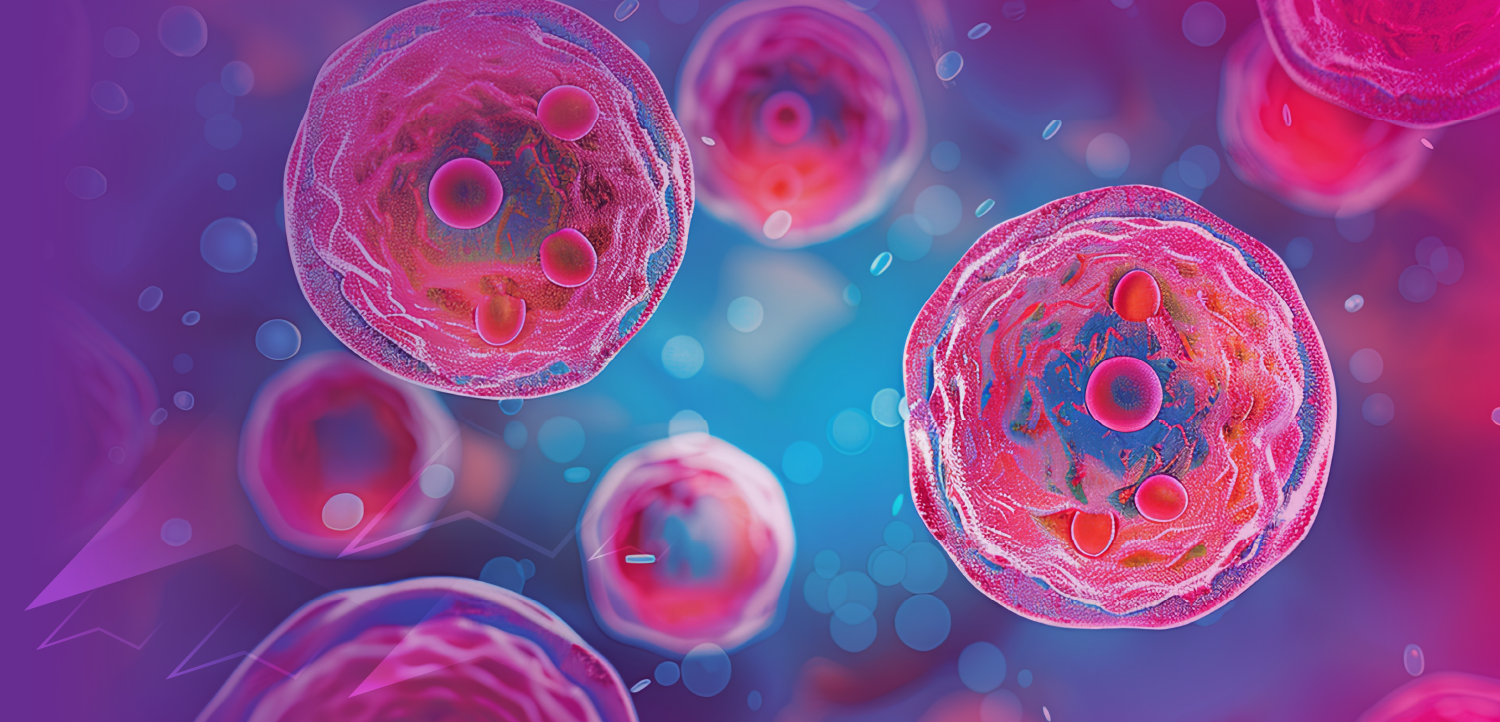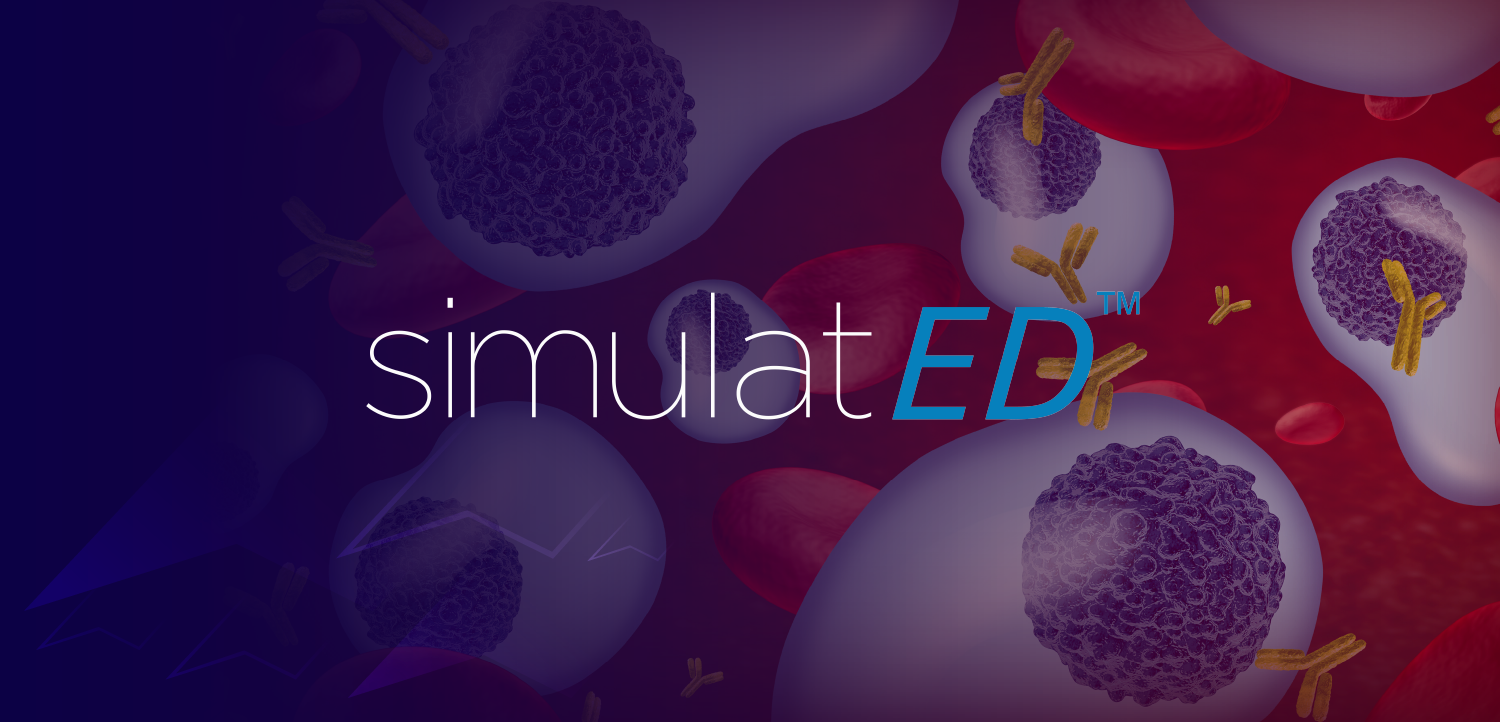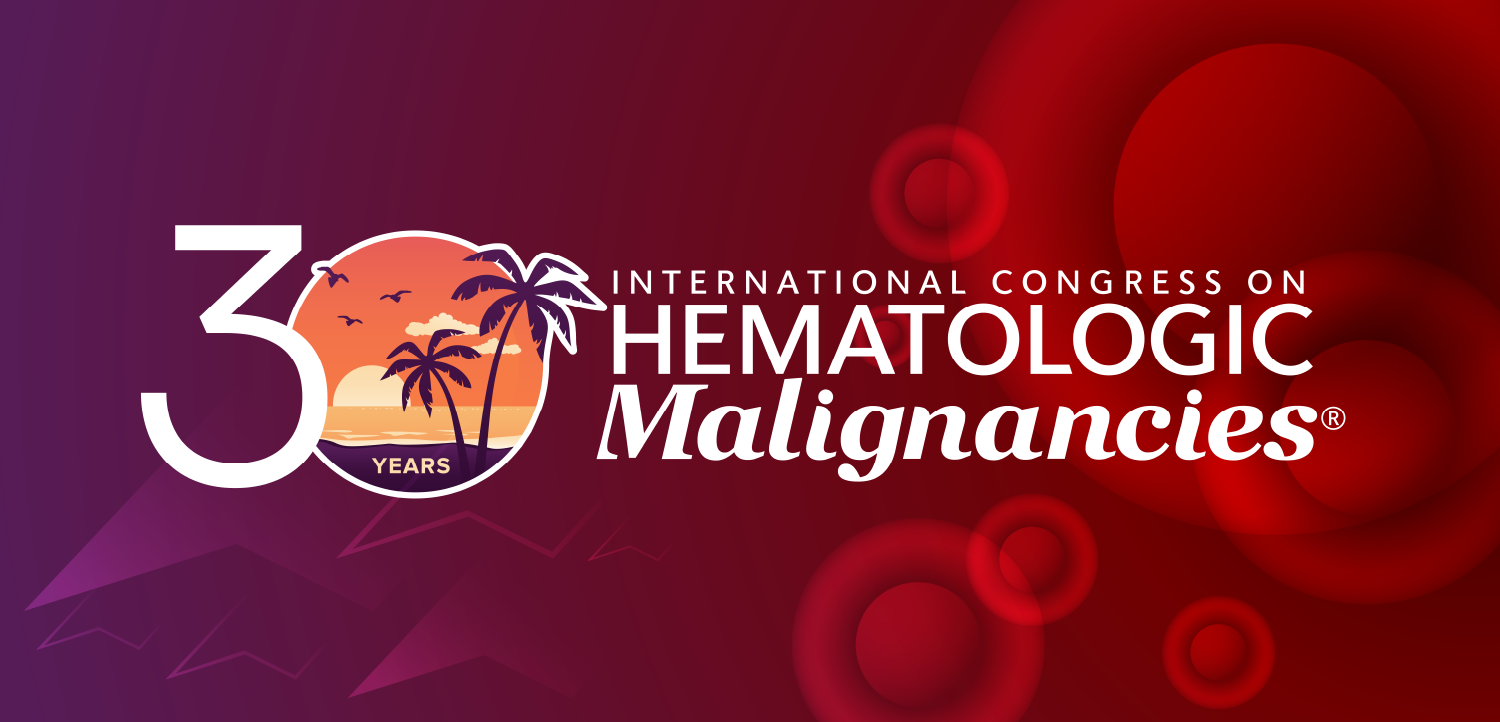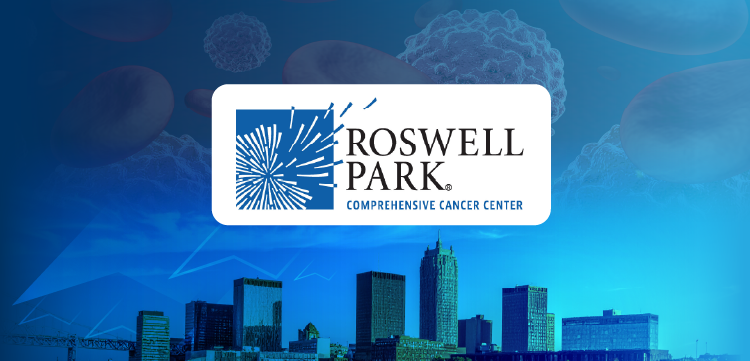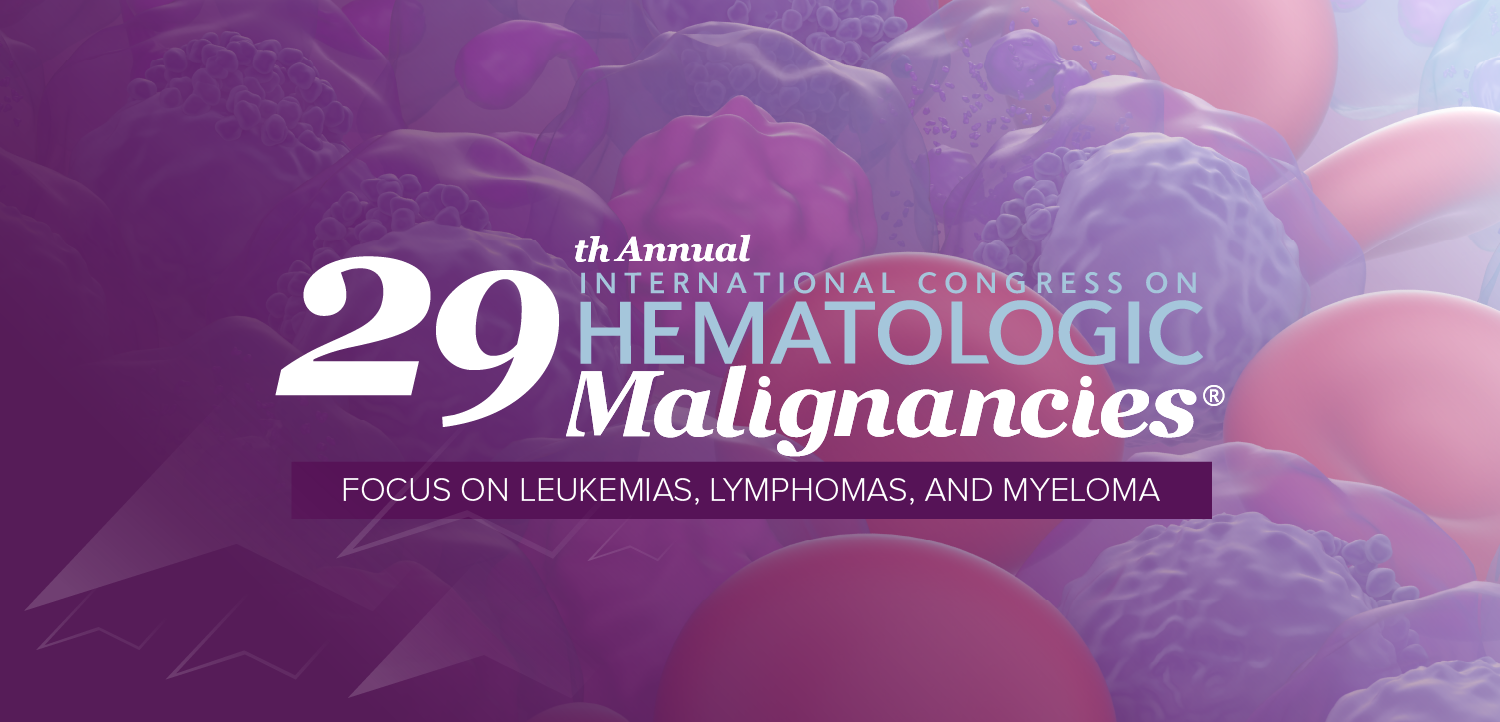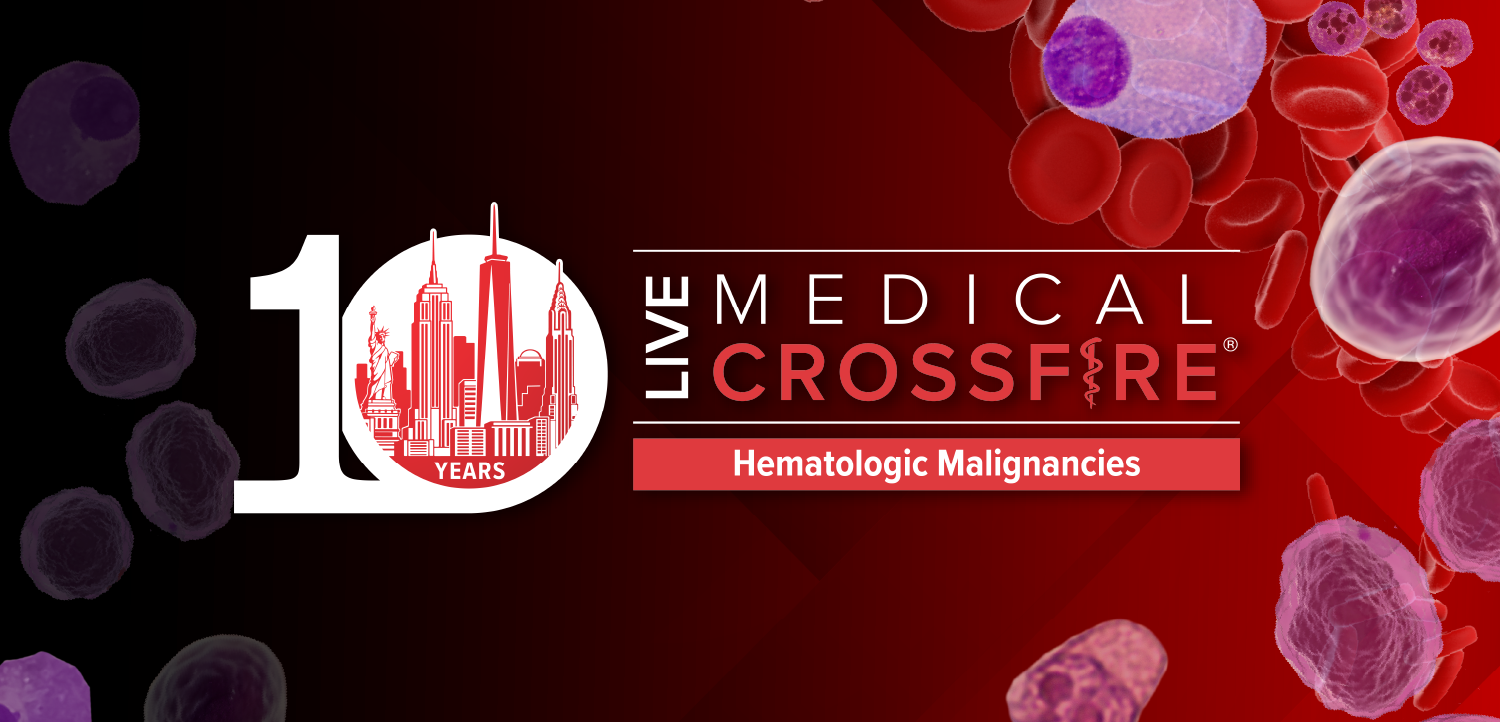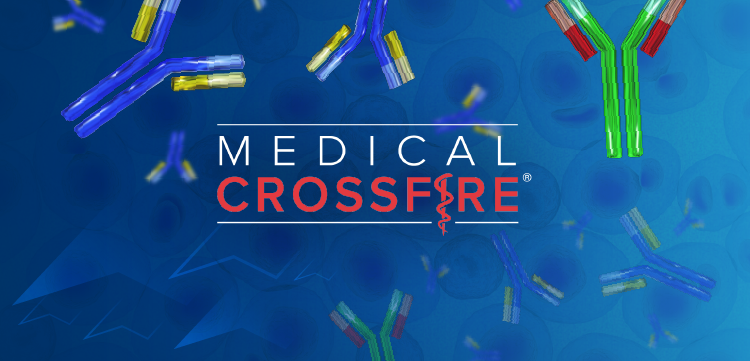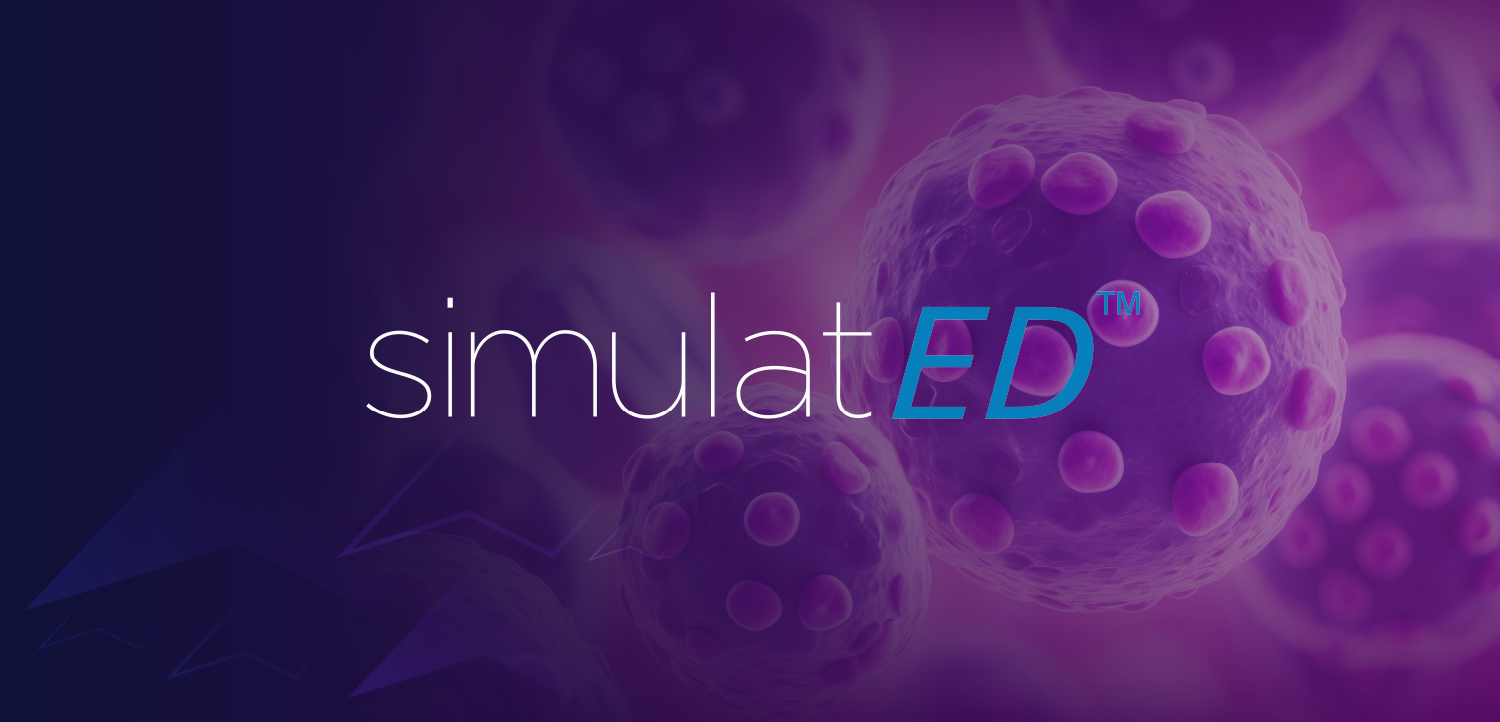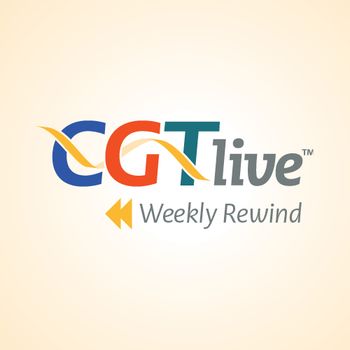
ZUMA Trial of CAR T-Cell Therapy in R/R ALL
Eunice Wang, MD, and Bijal Shah, MD, MS, discuss the overall study design and patient population of the ZUMA-3 trial of CAR T-cell therapy in adult patients with R/R ALL.
This content originally appeared on our sister site,
Eunice Wang, MD: ZUMA-3 was a phase 1 to 2 multicenter study of the safety tolerability and preliminary efficacy of KTE-X19 CAR T cells for the treatment of patients with relapsing/refractory B-ALL [B-cell acute lymphocytic leukemia] whose cells expressed a CD19 surface marker. This study enrolled patients above the age of 18 who had documented presence of greater than 5% morphologic ALL [acute lymphocytic leukemia] cells following prior therapy. Patients needed to have appropriate ECOG [Eastern Cooperative Oncology Group] performance status and no significant organ toxicity. Patients with multiple lines of therapy, including prior allogeneic stem cell transplantation, were eligible for this study.
The treatment regimen consisted of a single infusion of the Kite CAR T cells. The primary endpoint of the study was obtaining CR [complete remission] vs CR with incomplete count recovery [CRi]. The secondary endpoints were overall survival, event-free survival, and duration of remission. Safety profiles and adverse events, particularly immunological toxicities, were monitored closely and quantified as well. The phase 1 portion of the study as well as the dose escalation and establishment of a phase 2 dose have been reported at prior meetings.
At the 2021 ASCO [American Society of Clinical Oncology] Annual Meeting, Dr Shah and colleagues presented the results of the phase 2 expansion cohort of this multicenter study. This cohort described the outcomes of 55 patients who received at least 1 Kite treatment infusion following conditioning regiment. The end points were CR, CRi, relapse-free survival, median-free survival, and duration of remission. The patients enrolled on this study ranged from 18 to 84 years of age, with a median age of 40 years. 47% of all patients had received 3 or more prior therapies. All of them had greater or equal to 5% per bone marrow blast. ECOG performance status was 0 to 1. All of these patients had received a single infusion. Up to 71 patients had initially been enrolled on this study, but not all 71 eventually received treatment; largely due to interim adverse events or toxicities and disease progression.
Bijal Shah, MD, MS: Thanks for inviting me to speak about the ZUMA-3 clinical trial. We were happy to be able to present these data at ASCO and have the data published in the Lancet. The ZUMA-3 clinical trial is a study of CAR T-cell immunotherapy for adults with relapsed B-cell ALL. This was a multicenter international study and the first of its kind to explore the benefit of CAR T-cell immunotherapy for adult patients. We required patients to have morphologic evidence of disease—greater than 5% blasts—to enroll. The blast burden in enrollment was around 65%. Once patients enrolled, they would undergo prescribed bridging therapy followed by standard fludarabine and cyclophosphamide conditioning, and then the CAR T-cell infusion.
Patients were allowed to come on with central nervous system [CNS] disease, but it needed to be CNS1 or CNS2. We did not allow patients with CNS3 disease to enroll in the study. With that said, we allowed patients with Down syndrome. We allowed patients with Philadelphia-positive and Philadelphia-negative disease. We tried to be as inclusive as we could in terms of eligibility to ensure patients would have the opportunity to receive this therapy.
Regarding prior lines of therapy, patients could come on if they were primary refractory—meaning no response to their initial course of chemotherapy—or if they had 2 or more prior lines of therapy with remission in between. They had to be in the third line or beyond. When we look at the patients we enrolled, we had a median age of 40, with the oldest patient being 84 years of age. Almost half of the patients had prior blinatumomab, which was permitted as long as they had preserved CD19 expression. A similar number of patients had prior allogeneic stem cell transplant. About a quarter of the patients had prior inotuzumab. About a third of the patients came on with primary refractory disease. This was a tough population when we look at those who went on to receive the CAR T-cell infusion.
Transcript Edited for Clarity
Newsletter
Stay at the forefront of cutting-edge science with CGT—your direct line to expert insights, breakthrough data, and real-time coverage of the latest advancements in cell and gene therapy.

